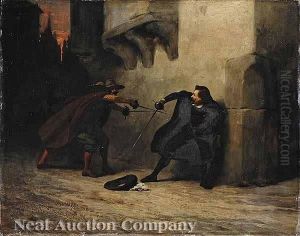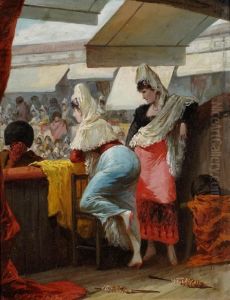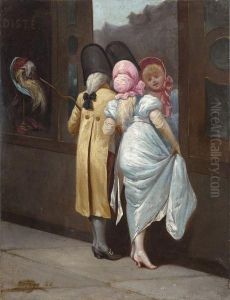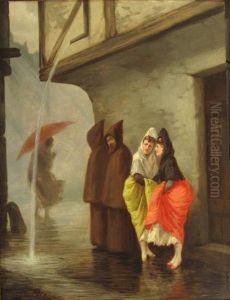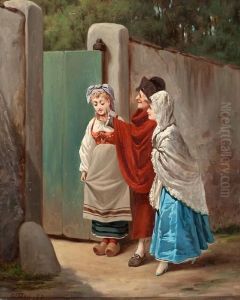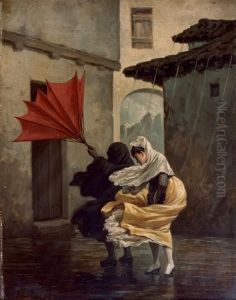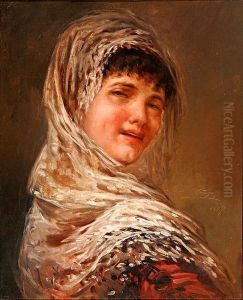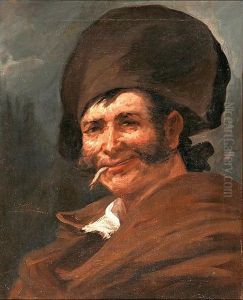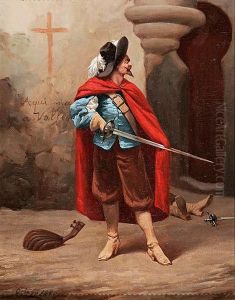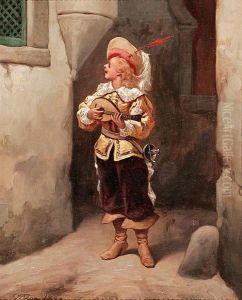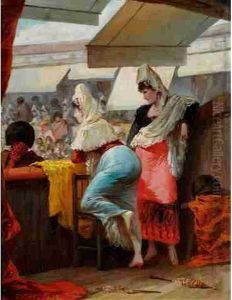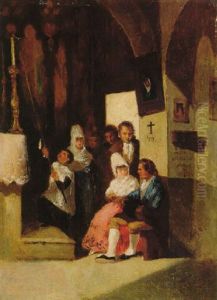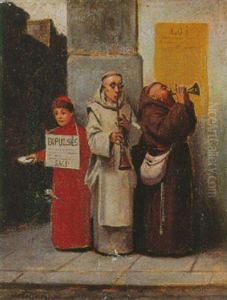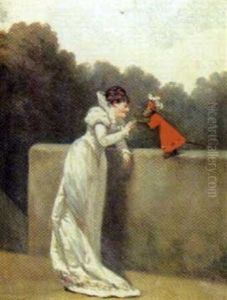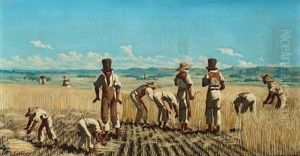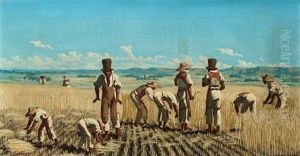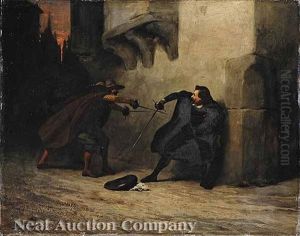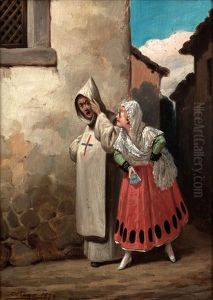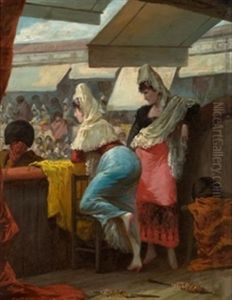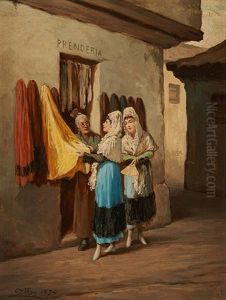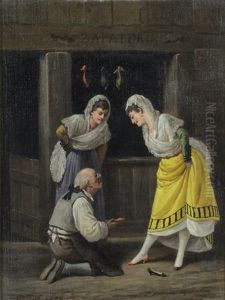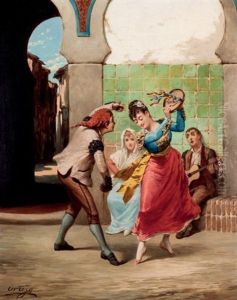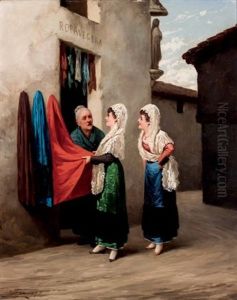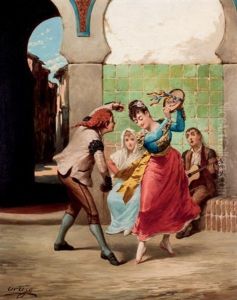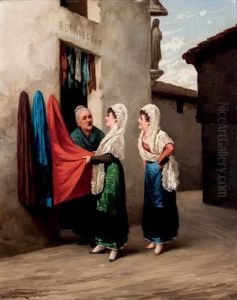Francisco Javier Ortego Y Vereda Paintings
Francisco Javier Ortego y Vereda was a 19th-century Spanish illustrator and painter, well-recognized for his contributions to various periodicals and books during his time. Born on February 4, 1833, in Madrid, Spain, he lived during a culturally rich period in Spanish history, which was marked by political changes and a burgeoning interest in the visual arts.
Ortego y Vereda began his artistic pursuits at a young age, studying at the Real Academia de Bellas Artes de San Fernando in Madrid, which was the premier art institution in Spain. He developed his skills in drawing and painting, but it was his talent as an illustrator that distinguished him in the art world. With a keen eye for detail and a satirical touch, he contributed to various Spanish publications, including the satirical weekly magazine 'Gil Blas', which became a platform for his socio-political commentary through art.
He also worked for 'La Ilustración Española y Americana', a bi-weekly publication that was instrumental in disseminating Spanish culture and current affairs. Ortego y Vereda's illustrations often depicted scenes of contemporary life, providing visual narratives that complemented the written content of these publications. His work was not limited to magazines; he illustrated books as well, including an edition of 'Don Quixote' by Miguel de Cervantes, one of Spain's most iconic literary works.
Throughout his career, Ortego y Vereda contributed to the visual documentation of Spanish society and its customs. His illustrations serve as a valuable historical resource, offering insights into the fashion, architecture, and social dynamics of his era.
Francisco Javier Ortego y Vereda's legacy is one of a skilled illustrator who captured the essence of 19th-century Spain with humor and precision. His work continues to be appreciated for its historical value and artistic merit. Unfortunately, his life was cut short when he passed away on November 13, 1881, in Madrid. Despite his relatively brief career, his contributions to Spanish art and culture remain significant, and his illustrations are still admired for their wit and craftsmanship.
